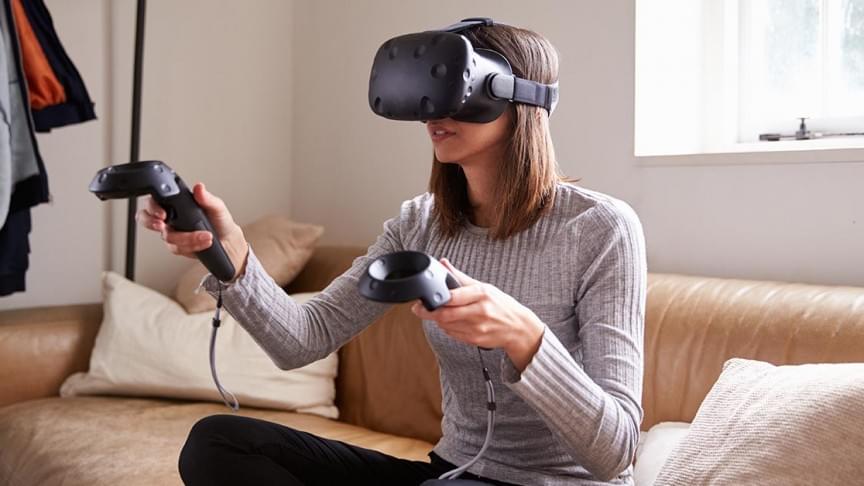You don’t even have to cover your mouth. Virtual reality has come a long way in recent years, creating unreal environments and unprecedented tactile experiences. However, researchers have struggled to recreate an adequate simulation of our most precious senses of touch, like kissing.
You would be forgiven if you thought that the current wave of virtual reality headsets was a modern phenomenon. There were obviously some awkward—and failed—attempts to capitalize on the virtual reality craze of the early 1990s and for most people, this is as far back as virtual reality goes. The truth is that virtual reality is much, much older.
The science behind virtual reality was first explored in a practical sense as far back as the 1800s, but some could argue that it goes all the way back to Leonardo Da Vinci and the first explorations of perspective in paintings of the era. So how do virtual reality headsets work, and how come it took so long for them to become, well, a reality?
A virtual reality headset works because of a physiological concept known as stereopsis. You may not have heard the proper name, but you know about it; this refers to our ability to perceive depth because of the subtle horizontal differences in the image that each eye receives when we look at something.
